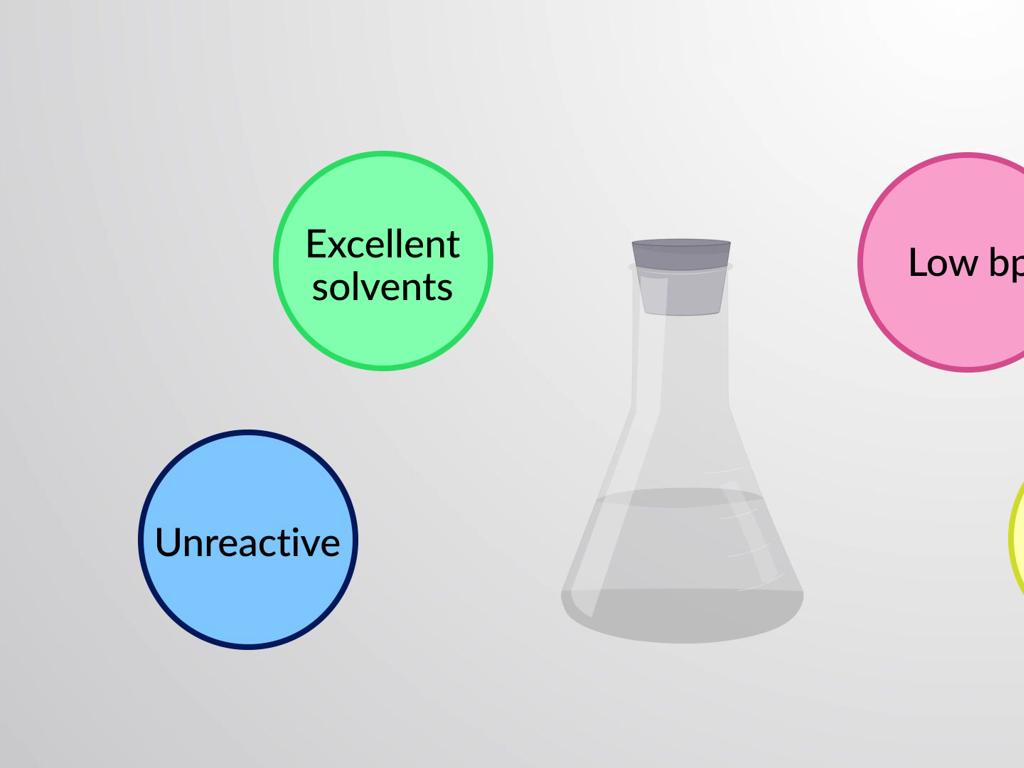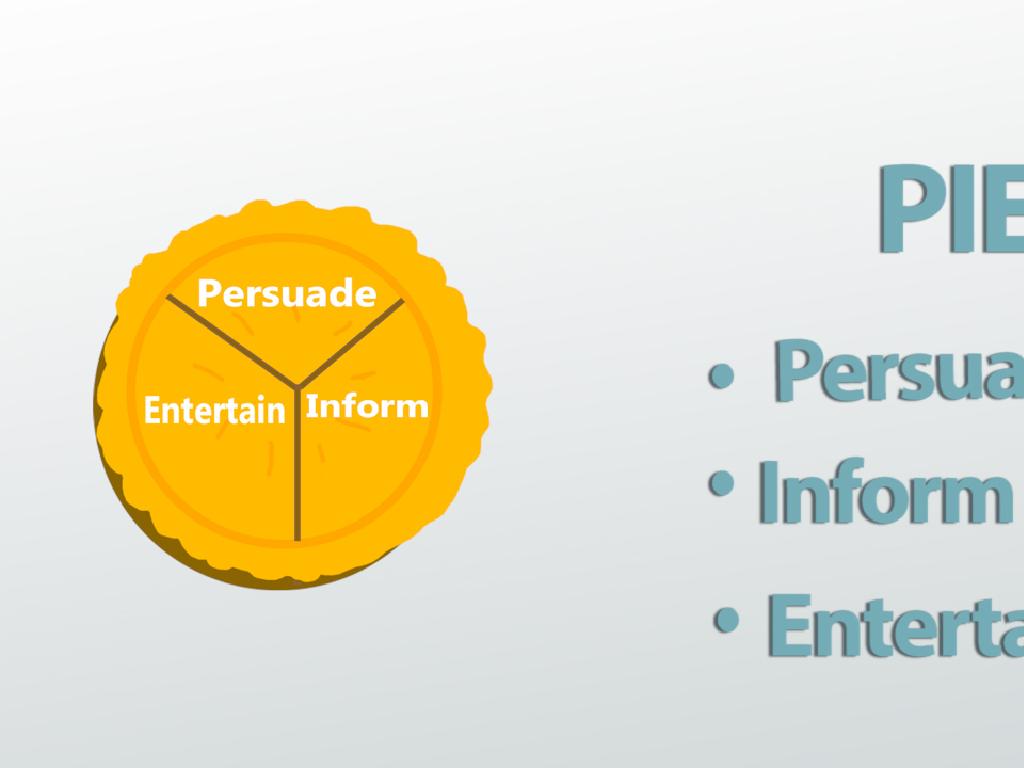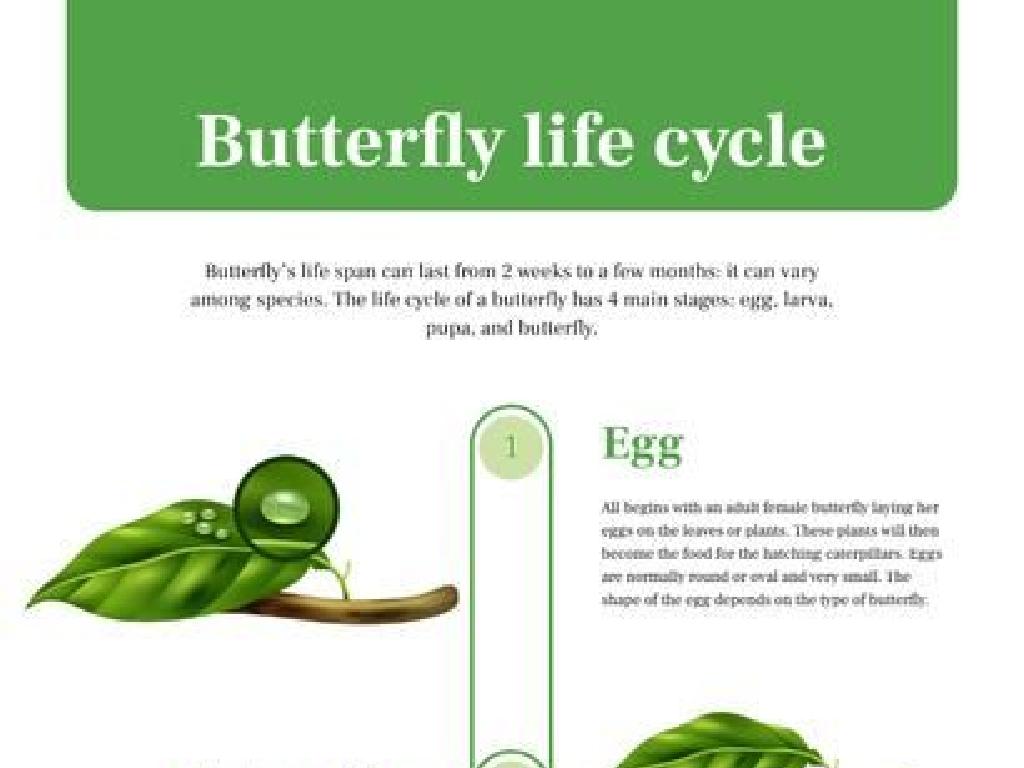Identify Questions That Can Be Investigated With A Set Of Materials
Subject: Science
Grade: Eighth grade
Topic: Designing Experiments
Please LOG IN to download the presentation. Access is available to registered users only.
View More Content
Introduction to Experiment Design
– Grasp the Scientific Method
– A series of steps for scientific inquiry
– Define what an experiment is
– A test under controlled conditions
– Understand experiment importance
– It’s crucial for testing hypotheses
– Explore designing experiments
|
This slide introduces students to the concept of designing experiments within the framework of the scientific method. Begin by explaining the scientific method as a systematic approach to inquiry, involving observation, hypothesis formulation, experimentation, and conclusion. Clarify that an experiment is a set of actions and observations, performed to support or refute a hypothesis, under controlled conditions. Emphasize the importance of designing experiments to ensure reliable and valid results, which are critical for advancing scientific knowledge. Encourage students to think about how they can apply the scientific method to everyday problems and to be curious about how different variables in their experiments could affect the outcomes. The goal is to foster a deep understanding of the role and structure of experiments in science.
Key Elements of an Experiment
– Formulating a hypothesis
– A hypothesis is an educated guess to be tested.
– Understanding variables
– Independent variables are changed, dependent variables are measured, and controlled variables are kept constant.
– Listing necessary materials
– Gather all items needed to conduct your experiment.
– Designing the experiment
|
This slide introduces students to the foundational concepts needed to design an experiment. A hypothesis is the initial statement that predicts the outcome based on prior knowledge. It’s crucial for students to differentiate between the types of variables: independent variables which they will change, dependent variables which they will measure, and controlled variables which they must keep the same throughout the experiment to ensure a fair test. Students should also learn how to compile a comprehensive list of materials required for their experiment. The slide sets the stage for students to apply these elements in designing their own experiments, encouraging critical thinking and problem-solving skills.
Asking the Right Questions in Scientific Inquiry
– Criteria for investigable questions
– Must be measurable, specific, and testable
– Good vs. bad question examples
– ‘What color is the plant?’ vs. ‘How does sunlight affect plant color?’
– Practice formulating questions
– Create questions based on a given set of materials
– Understanding the scientific method
|
This slide aims to guide students on how to craft questions that can lead to meaningful scientific investigations. Emphasize that good scientific questions should be clear, focused, and testable with the available materials and methods. Provide examples of both effective and ineffective questions, highlighting why certain questions are not suitable for scientific inquiry. During the practice activity, encourage students to think critically about the materials at hand and the type of data they can collect. This exercise will help them understand the importance of asking the right questions to drive their experiments and how it fits into the broader scientific method.
Designing Your Experiment
– Steps for a valid experiment
– Formulate a question, research, hypothesis, test with an experiment, analyze data, and conclude.
– Role of a control group
– A control group provides a baseline to compare results and validate the experiment’s outcome.
– Ethics and safety in experiments
– Follow ethical guidelines, obtain permissions, and prioritize safety to protect all participants.
|
When designing an experiment, students should follow a structured approach: start with a clear question, conduct background research, formulate a hypothesis, and then create a detailed plan to test it. Emphasize the importance of having a control group to serve as a standard for comparison, ensuring the reliability of the experiment’s results. Discuss the ethical considerations, such as respecting all forms of life and obtaining necessary permissions for certain types of experiments. Safety is paramount; students must understand how to conduct experiments without causing harm to themselves or others. Provide examples of potential hazards and safety precautions. Encourage students to think critically about every step to ensure their experiment is both valid and responsible.
Group Activity: Plan an Experiment
– Form groups and select a question
– List all required materials
– Design the experiment’s procedure
– Include control and variable elements
– Discuss expected outcomes
– Predict results based on hypothesis
|
This slide initiates a group activity where students will apply their understanding of the scientific method by planning an experiment. Divide the class into small groups and instruct each group to choose a question they can investigate using available materials. They should list these materials and outline the steps they will take, ensuring they include control and variable elements in their design. Encourage them to discuss what results they expect to see and why. Possible experiments could include testing the effects of sunlight on plant growth, the reaction of different substances with vinegar, or the strength of magnets at varying temperatures. This activity will help students think critically about experimental design and the importance of controlling variables.
Present Your Experiment Design
– Groups present their experiment plans
– Discuss potential improvements
– Consider variables, control, and clarity of steps
– Vote on the best experiment design
– Criteria: thoroughness and creativity
– Reflect on the creative process
– Understand the value of peer feedback
|
This slide sets the stage for student groups to present their experiment designs to the class. Each group will take turns explaining their proposed methods, materials, and the questions they aim to investigate. After each presentation, the class will engage in a constructive discussion to suggest improvements, focusing on the experiment’s variables, control measures, and the clarity of the procedural steps. Following the discussions, students will vote on the experiment design they find most thorough and creative, using criteria established by the teacher. This activity not only fosters critical thinking and scientific inquiry but also encourages students to appreciate the importance of peer feedback and collaborative learning. The teacher should facilitate the discussions, ensuring that feedback is respectful and productive, and guide the voting process to ensure fairness.
Class Activity: Conduct a Mini-Experiment
– Understand the experiment setup
– Apply experiment design principles
– Use steps like hypothesis, testing, and variables
– Observe and record findings
– Note observations systematically
– Discuss results as a class
– Share insights and learn from each other’s observations
|
This class activity is aimed at applying the principles of designing experiments in a practical setting. The teacher will guide the students through setting up a simple experiment, ensuring they understand the materials and the goal. Students will then apply what they’ve learned about formulating hypotheses, identifying variables, and the testing process. As they conduct the experiment, they should carefully observe and record their results. After the experiment, the class will come together to discuss their findings, allowing students to learn from each other and reinforce their understanding of the scientific method. Possible experiments could include testing the effects of sunlight on plant growth, observing chemical reactions with household items, or exploring the principles of physics with simple machines.
Conclusion and Reflection: Crafting Investigable Questions
– Key elements of good experiment design
– Includes a clear purpose, hypothesis, and variables
– Significance of the right questions
– Right questions lead to meaningful experiments
– Homework: 3 investigable questions
|
As we wrap up today’s lesson on designing experiments, it’s crucial to revisit what constitutes a well-structured experiment. A good design includes a clear objective, a testable hypothesis, and well-defined variables. Emphasize the importance of formulating the right questions, which are the backbone of any scientific inquiry. For homework, students are tasked with coming up with three questions that can be investigated using a set of materials. These questions should be clear, focused, and testable. In the next class, we’ll use these questions to design actual experiments, allowing students to apply what they’ve learned about the scientific method and experimental design.






